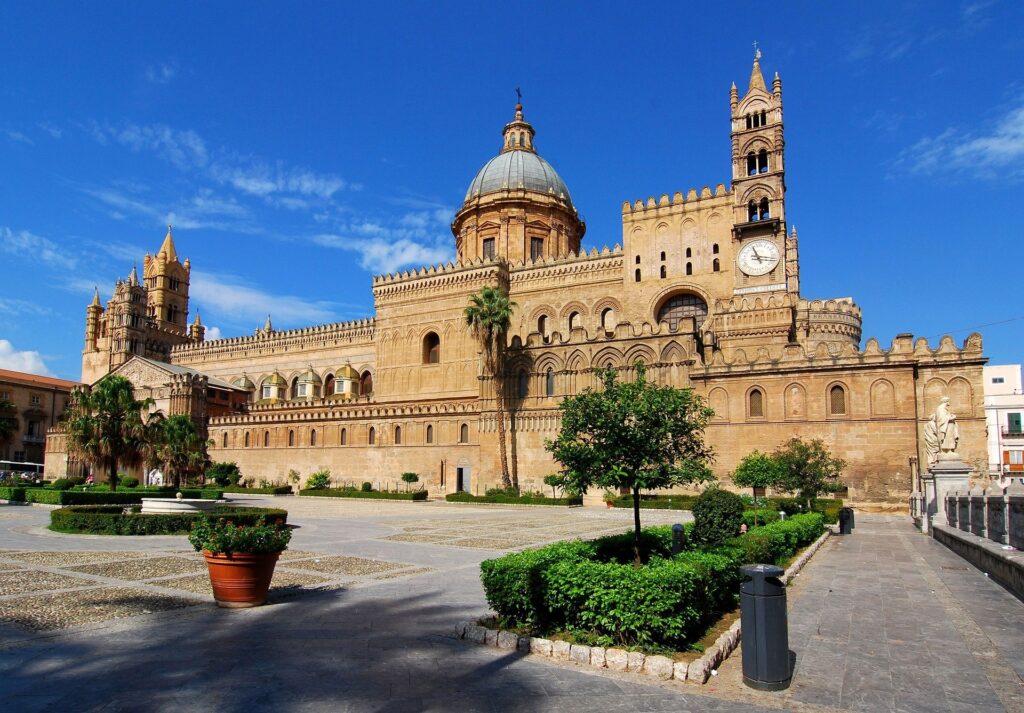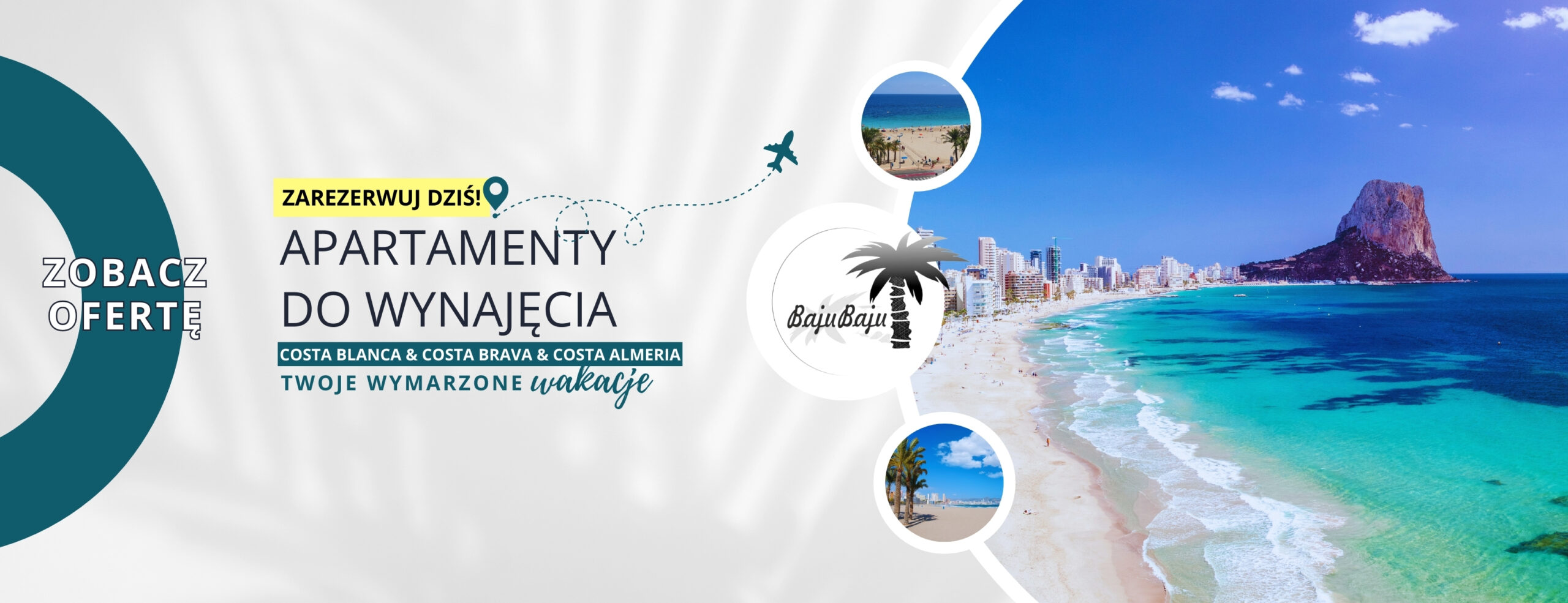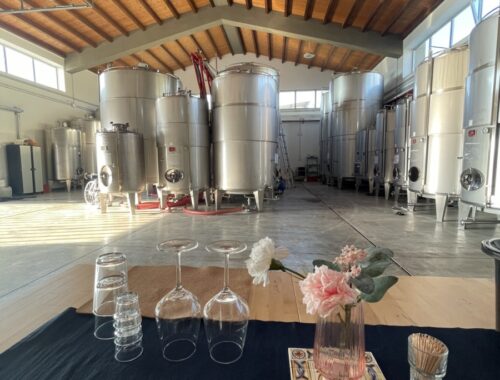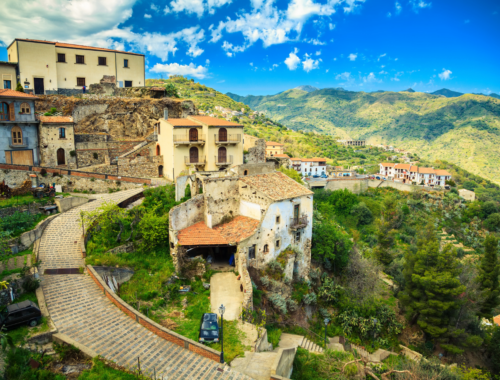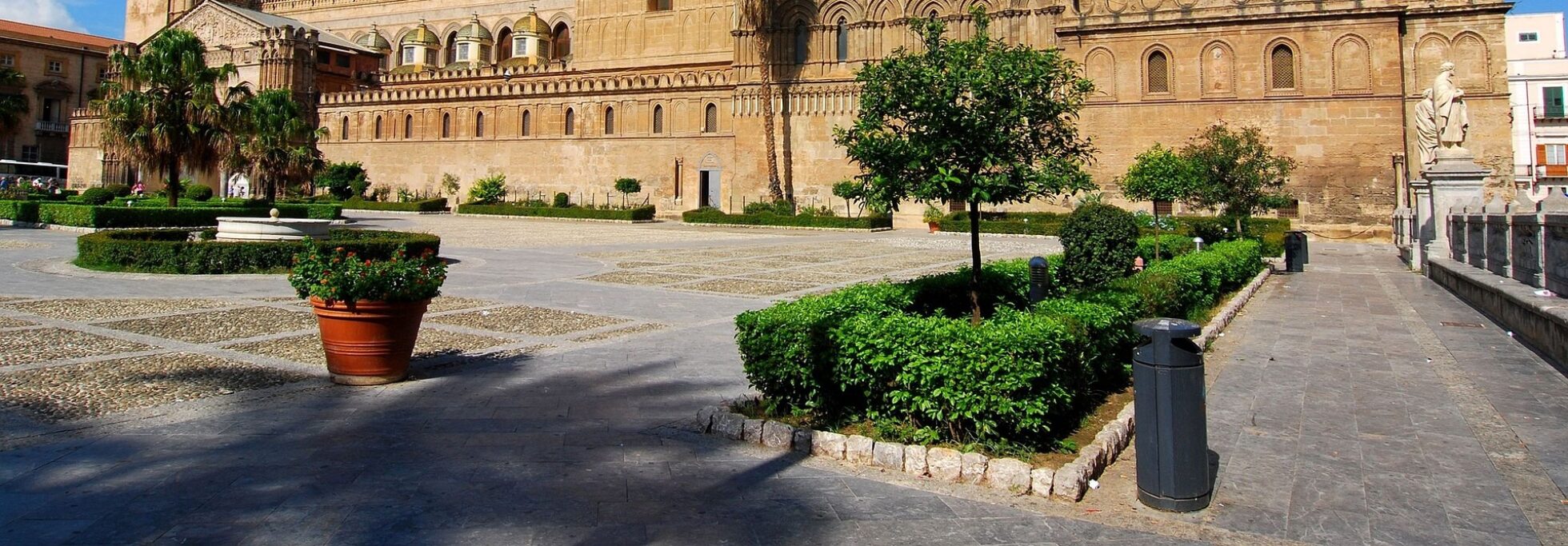
Wycieczka do Palermo – co musisz zobaczyć w sycylijskiej stolicy?
Palermo to największe miasto na Sycylii, jednocześnie stolica regionu i całej wyspy. Zaryzykujemy też stwierdzeniem, że jednym z najbardziej różnorodnych miast w kraju, a może i na świecie. To absolutnie wyjątkowe miejsce, pełne barwnych kontrastów – gwarne targi, wszechobecny steet art, barokowe kościoły, wzniosłe pałace, dzieła sztuki. Dlatego do zwiedzania Palermo trzeba podejść z otwartym sercem – warto zobaczyć nie tylko zabytki, ale także (a może przede wszystkim☺) tętniące życiem miasto. Przygotowaliśmy dla Was małą ściągę – sprawdźcie, co trzeba zwiedzić w Palermo.
Tętniące życiem uliczki miasta
Nic nie pozwoli Wam tak bardzo poczuć magii Palermo, jak zabłądzenie w urokliwych miejskich uliczkach. Pospacerujcie głównymi arteriami miasta, via Roma i Corso Vittorio Emanuele i wejdźcie jeszcze dalej i jeszcze głębiej… Idźcie do portu, kupcie przekąski od ulicznych sprzedawców, wejdźcie do baru na kieliszek wina, spróbujcie frutta di martorana w cukierni… Zwróćcie uwagę na street art – zwłaszcza w dzielnicy Kalsa i Borgo Vecchio. A w międzyczasie ponarzekajcie chwilę na tłok, gwar i klaksony samochodów.
Targi miejskie
Po kolorowych, pełnych życia targach miejskich można błądzić godzinami. To idealna okazja na zrobienie zakupów i przyjrzenie się Sycylijczykom. W takich miejscach zdecydowanie czuć arabskie wpływy kulturowe – jest głośno, ciasno i po prostu wspaniale. Co kupicie na targach? Wina, sery, oliwy, owoce, warzywa, ryby, owoce morza – generalnie wszystko! Bazary, które powinny odwiedzić to przede wszystkim Ballaro’ Market (największy i najciekawszy), Capo Market (dużo stanowisk ze street foodem) i La Vucciria (targ rybny w centrum starówki).
Cappella Palatina w Palazzo dei Normanni
Kaplica w Pałacu Normanów wraz z całą katedrą w Monreale w 2015 roku została wpisana na listę dziedzictwa UNESCO. Pałac ten był siedzibą królów Sycylii (dlatego wśród mieszkańców nazywany jest również Pałacem Królewskim), a od roku 1946 jest siedzibą Sycylijskiego Zgromadzenia Regionalnego. Cappella Palatina to idealny przykład tzw. normańsko-arabsko-bizantyjskiej sztuki. Uwagę zwracają niesamowite mozaiki stylu normandzkiego. Środek dosłownie zapiera dech w piersiach i gwarantujemy, że takich widoków nie znajdziecie w żadnym innym miejscu na świecie.
Teatro Massimo
Teatro Massimo, a będąc dokładnym Teatro Massimo Vittorio Emanuele to największy we Włoszech i trzeci co do wielkości w Europie teatr operowy. Budynek bez wątpienia jest jednym z najwspanialszych, jakie powstały w XIX wiecznych Włoszech. Został wykonany w stylu klasycystyczno-późnorenesansowym z elementami sztuki barokowej oraz z widocznymi wpływami sztuki normandzkiej i arabskiej. Poza niesamowitą bryłą wyróżnia się także perfekcyjną akustyką – jedną z najlepszych na świecie. Teatr działa do dziś i znany jest z bardzo wysokiego poziomu artystycznego przedstawień.
Castello della Zisa
Castello della Zisa to kolejny zabytek Palermo związany z kulturą normańsko-arabską. Jego architekturę można określić jako stosunkowo prostą, jednak bez wątpienia jest w niej coś fascynującego – widać mocne inspiracje architekturą mauretańską. Docenili ją także znawcy sztuki z ONZ, bowiem budynek został wpisany na listę UNESCO.
Pierwotnie budynek służył jako letnia rezydencja normańskich władców, dlatego bez problemu możemy dopatrzyć się tam elementów sztuki islamskiej, podziwiać mauretańskie łuki i dekoracje. W środku ogromne wrażenie robi sala mozaikowa, w pomieszczeniach znajdziemy też przeróżne artefakty z obszaru Morza Śródziemnego, narzędzia i eksponaty sztuki islamskiej. Z zewnątrz budynku wzrok przykuwają natomiast zachowane w orientalnym stylu zbiorniki wodne – prezentują się naprawdę malowniczo.
Piazza Bellini
Bardzo ciekawym i imponującym placem (w zasadzie naszym ulubionym!) w Palermo jest urokliwa Piazza Bellini. Plac znajduje się praktycznie w samym centrum miasta, w dzielnicy Kalsa, tuż obok centralnej Via Maqueda.
Na Piazza Bellini znajdziecie się aż trzy kościoły, z których dwa są znane nie tylko na Sycylii, ale i w całej Europue. San Cataldo bezapelacyjnie odwołujący się do wpływów arabskich – surową fasadę zwieńczoną trzema czerwonymi kopułami z pewnością dostrzeżecie już z daleka. W środku z kolei zastaniecie wczesny gotyk w czystej postaci.
Z kolei kościół La Martorana z XII wieku to jeden z najlepiej zachowanych gotyckich budynków Palermo. Wewnątrz zachwycą Was wyjątkowe mozaiki. Co ciekawe, kościół związany jest ze słynnymi sycylijskimi frutta martorana – to zakonnice z klasztoru związanego z kościołem La Martorana rozpoczęły produkcję popularnych marcepanowych słodyczy.
Convento dei Cappucini
Katakumby w Convento dei Cappucini budzą mieszane uczucia. Miejsce uchodzi nawet za przygnębiające – wszak w podziemiach klasztoru zostało bowiem pochowanych ponad 8000 osób, których szczątki w strojach z danej epoki dziś są wystawione na widok publiczny. Zobaczymy tam czaszki i kości, jak i zabalsamowane ciała. Miejsce może więc przytłoczyć. Wielu ludzi uważa nawet, że nie powinno być udostępnione do zwiedzania. Bez wątpienia jest jednak jedną z „wizytówek” Palermo, dlatego postanowiliśmy umieścić je w tym rankingu, pozostawiając Wam możliwość wyrobienia opinii samodzielnie.
